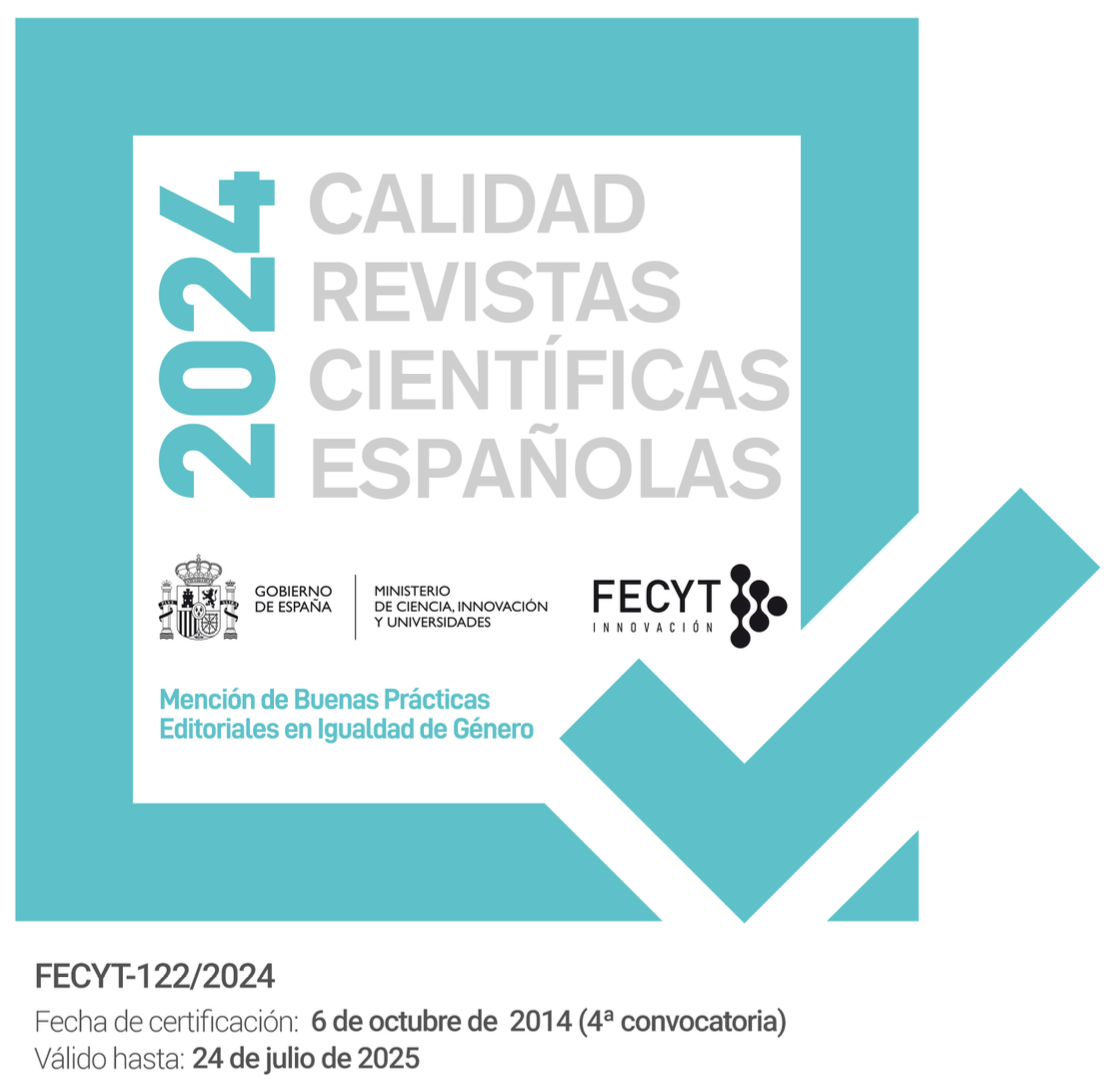“In my Beginning is my End”: Multidirectional Memory and the (Im)Possibility of Escaping the Holocaust in Anita Desai’s Baumgartner’s Bombay
DOI:
https://doi.org/10.28914/Atlantis-2017-39.2.04Abstract
Anita Desai’s novel Baumgartner’s Bombay (1988) makes evident its alliance with the determinist view of history according to which history repeats itself without allowing human agency to escape the occurrence of events. Baumgartner’s Bombay embodies this view by telling the story of Hugo Baumgartner, a man condemned to suffer the same destiny of exclusion and abuse all his life. My main aim is to demonstrate that, through this hybrid figure (German, Jewish, Indian), along with the circular structure of the novel and the repetitive use of images and metaphors evoking Otherness and alienation which this analysis discloses, Desai deploys the multidirectional model of memory, defined by Michael Rothberg as the overlap of individual and collective traumatic memories of different nations at different times. I conclude that Desai’s work exemplifies the way individual and collective Holocaust memories may be transposed to divergent traumatic events and conflicts, like those of the Partition and the British internment camps in India. Furthermore, it reveals how the examination of notions of Otherness and stereotypical identity formation can be helpful to understand the mechanisms that underlie the diverse episodes of genocide and trauma witnessed during the twentieth century.
Keywords: Holocaust; multidirectional memory; Postcolonialism; history; Anita Desai; Otherness
Downloads
References
Adorno, Theodor. (1949) 1997. Prisms. Translated by Samuel Weeber and Shierry Weber. Cambridge, MA: The MIT Press.
Arendt, Hannah. (1978) 2005. Una revision de la historia judía y otros ensayos. Edited by Fina Birulés and translated by Miguel Candel. Barcelona: Paidós.
Brauner, David. 2001. Post-War Jewish Fiction: Ambivalence, Self-Explanation and Transatlantic Connections. New York: Palgrave.
Chandwani, Ashok. 1988. “Hero an Unconvincing Symbol of Alienation.” Halifax Daily News, October 16: 16.
Cheyette, Bryan. 2000. “‘Venetian Spaces’: Old-New Literatures and the Ambivalent Uses of Jewish History.” In Reading the “New” Literatures in a Postcolonial Era, edited by Susheila Nasta, 53-72. London: Boydell.
—. 2009. “Jewish and Postcolonial Literatures and Histories.” Wasafiri 57: 1-3.
Craps, Stef. 2013. Postcolonial Witnessing: Trauma Out of Bounds. Houndmills, Basingstoke: Palgrave Macmillan.
Craps, Stef and Michael Rothberg. 2011. “Introduction: Transcultural Negotiations of Holocaust Memory.” Criticism 53 (4): 517-521.
Da Silva, Tony Simoes. 1997. “Whose Bombay is it Anyway? Anita Desai’s Baumgatner’s Bombay.” ARIEL 28 (3): 63-77.
Daiya, Krishna. 2006. Post-Independence Women Short Story Writers in Indian English. New Delhi: Sarup & Sons.
Desai, Anita. (1988) 1998. Baumgartner’s Bombay. London: Vintage.
—. 1988. “Against the Current: A Conversation with Anita Desai.” The Massachusetts Review 29: 521-537.
Dyson, Ketaki Kushari. 1989. “Baumgartner’s Bombay.” Wasafiri 4 (9): 29-30.
Eliot, T. S. (1909-1935) 1963. The Four Quartets. London: Faber and Faber.
Fielding, Maureen D. 2000. From Madwomen to Vietnam Veterans: Trauma, Testimony, and Recovery in Post-Colonial Women’s Writing. PhD diss., U of Massachusetts.
Gilman, Sander L. 1986. Jewish Self-Hatred. Anti-Semitism and the Hidden Language of the Jews. Baltimore and London: The Johns Hopkins UP.
—. 1991. Inscribing the Other. Lincoln and London: U of Nebraska P.
Hall, Stuart. 1997. Representation: Cultural Representations and Signifying Practices. London: Sage and Open University.
Hartman, Geoffrey. (1996) 2002. The Longest Shadow: In the Aftermath of the Holocaust. Houndmills, Basingstoke: Palgrave Macmillan.
Hegel, Georg Wilhelm Friedrich. (1807) 1979. Phenomenology of Spirit. Translated by A.V. Miller. New York: Oxford UP.
Hogan, Patrick C. 2004. “Ideological Ambiguities of ‘Writing Back.’” In Empire and Poetic Voice: Cognitive and Cultural Studies of Literary Tradition and Colonialism, 31-52. Albany: State U of New York P.
Jain, Mahdu. 1988. “Alien Lives.” India Today, August 15: 96-97.
Lacapra, Dominick. 2001. Writing History, Writing Trauma. Baltimore and London: The Johns Hopkins UP.
Lang, Berel (ed.). 1988. Writing and the Holocaust. New York and London: Homes & Meier.
Langer, Lawrence L. 2000. “Foreword.” In Witness: Voices from the Holocaust, edited by Joshua M. Greene and Shiva Kumar, xi-xix. New York: The Free Press.
Lifton, Robert Jay. 1968. Death in Life: The Survivors of Hiroshima. London: Weidenfeld and Nicolson.
Luckhurst, Roger. 2003. “Traumaculture.” New Formations 50: 28-47.
Lyotard, Jean-François. (1988) 1990. Heidegger and “the jews.” Translated by Andreas Michael and Mark Roberts. Minneapolis: U of Minnesota P.
Miller, Elridge Jane. 2001. Who’s Who in Contemporary Women’s Writing. London and New York: Routledge.
Newman, Judie. 1990. “History and Letters: Anita Desai’s Baumgartner’s Bombay.” World Literature Written in English 30 (1): 37-46.
Parekh, Pushpa N. 2006. “Spatial Discourses in Anita Desai’s Baumgartner’s Bombay.” (In)Fusion Approach: Theory, Contestation, Limits: (In)fusionising a Few Indian English Novels, edited by Ranjan Ghosh, 189-195. Lanham, MD: UP of America.
Pellicer-Ortín, Silvia. 2015. Eva Figes’ Writings: A Journey through Trauma. Newcastle-upon-Tyne: Cambridge Scholars.
Rothberg, Michael. 2009. Multidirectional Memory: Remembering the Holocaust in the Age of Decolonization. Stanford: Stanford UP.
Rousset, David. (1946) 1965. L’univers concentrationnaire. Paris: Minuit.
Saint-Andre, Peter. (1996) 2017. “Historical Determinism.” The Ism Book: A Field Guide to Philosophy [Accessed online on October 7, 2017].
Sicher, Efraim. 2005. The Holocaust Novel. New York: Routledge.
Stähler, Axel. 2010. “The Holocaust in the Nursery: Anita Desai’s Baumgartner’s Bombay.” Journal of Postcolonial Writing 46 (1): 76-88.
Stein, Howard F. 1984. “The Holocaust, the Uncanny, and the Jewish Sense of History.” Political Psychology 5 (1): 5-35.
Surin, Kenneth. 1999. “Afterthoughts on ‘Diaspora.’” The South Atlantic Quarterly. Special issue on Diaspora and Immigration 98 (1/2): 275-326.
Todorov, Tzvetan. 1997. Facing the Extreme: Moral Life in the Concentration Camps. New York: Henry Holt.
Vice, Sue. 2000. Holocaust Fiction. London: Routledge.
Downloads
Additional Files
Published
How to Cite
Issue
Section
Most read articles by the same author(s)
- Silvia Pellicer-Ortín, Ángeles de la Concha, coord. 2012 (2010): El sustrato cultural de la violencia de género: Literatura, arte, cine y videojuegos , Atlantis. Journal of the Spanish Association for Anglo-American Studies: 2013: Vol. 35, Num. 2
- Silvia Pellicer-Ortín, Linda Grant: An Interview , Atlantis. Journal of the Spanish Association for Anglo-American Studies: 2015: Vol. 37, Num. 2








